Most of us prefer digging into a tub of ice cream with a spoon and stowing it away in the freezer when we’ve had our fair (typically more than necessary) share.
However, some of us also tend to leave the spoon in the ice cream to resume our hedonistic shenanigans whenever we feel like it. But is it safe to leave your spoon in ice cream before putting it in the freezer?
It’s bad if a spoon is left in ice cream in the freezer for many reasons, the main one being that metal is highly reactive and may react with the acids present in ice cream. And if the spoon is plastic, there may be leaching of plastic residue.
In this article, we’ll look at why you probably shouldn’t keep your spoon in ice cream before putting it in the freezer. Here are three reasons…
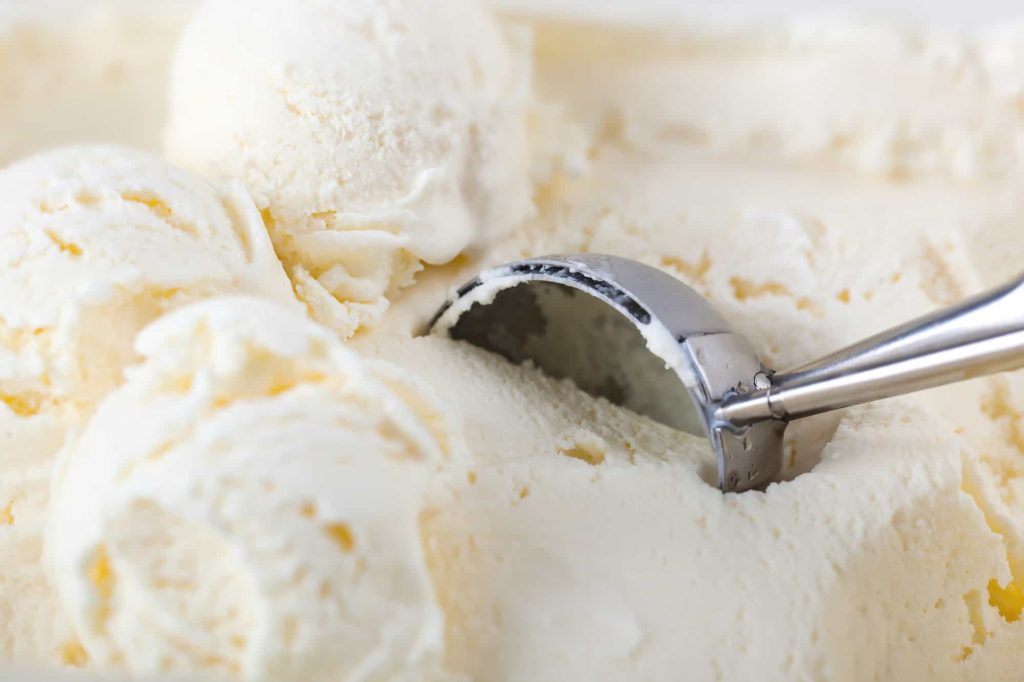
1. Ice Cream Is Acidic
Ice cream has a relatively low pH level and can be considered acidic food. The acidity in ice cream is primarily due to the presence of milk protein which is naturally acidic.
When you leave a metal spoon (one that isn’t stainless steel) in ice cream, you increase the chances of the metal reacting with the acidic nature of the ice cream and even spoiling the food.
And while the only noticeable difference may be a bitter taste, there are significant changes in the chemical structure of the ice cream that we can’t perceive with the naked eye.
As such, it’s best to take out any spoons (metal or otherwise) before stowing away ice cream in the refrigerator.
2. Bacteria Can Grow in Your Freezer
When you place any food in the refrigerator, you must ensure it’s sealed to prevent bacterial growth. Some bacteria can grow and thrive in frigid temperatures, and by leaving your spoon in there, you expose the frozen ice cream to bacterial invasion.
Ice cream is especially susceptible to a bacteria called Listeria that thrives in the freezer (source: Michigan State University).
As such, you should avoid leaving any food unsealed before placing it in your freezer.
So while stainless steel spoons may not react with the ice cream, they will prevent you from closing the lid on the ice cream tub, exposing it to harmful bacteria.
Another potentially unhygienic issue is if you’ve been eating off the spoon before putting it back in the ice cream. This “double-dipping” is fine if you’re the only person who ever eats the ice cream, but it’s pretty nasty if you’re sharing your saliva with your ice cream!
It’s also very unhygienic and encourages bacteria to grow. Which brings us to our next point:
3. There Are Bacteria in Your Mouth
Remember that the inside of your mouth is home to millions of bacteria, and you’ve probably coated the ice cream spoon with it. So when you place the spoon in your ice cream and then the freezer, you give that bacteria a chance to grow unhindered.
Even if the bacteria doesn’t spread immediately, it will resume multiplying as soon as you take the ice cream out of the freezer and allow it to thaw.
So, while the spoon itself may not react with your ice cream, the bacteria on its surface will.

Metal or Plastic Leaching
Stainless steel spoons are designed, so the metal doesn’t leach into the food. As such, it’s relatively safe to leave a metal spoon in your ice cream storage tub without worrying about leaching. However, you should avoid doing this anyway due to the reasons above.
If you’re using any metal other than stainless steel, there’s a risk that this metal substance can leach into the ice cream, imparting a metallic taste throughout the product. And the same goes for leaving a plastic spoon in an ice cream tub, as plastic can easily leach into the ice cream.
While leaving a metal spoon in ice cream in the freezer seems safe, it’s best to avoid this practice and seal the lid instead to prevent bacterial growth.
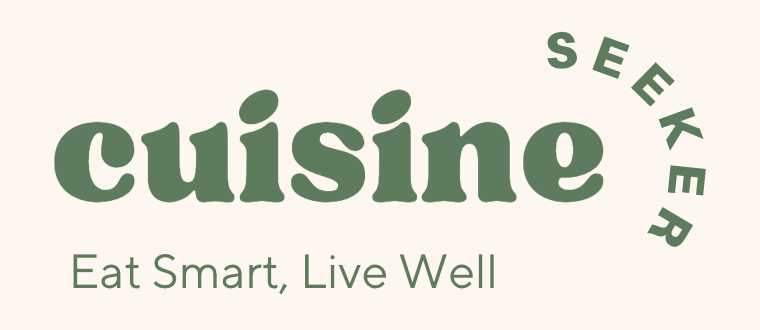

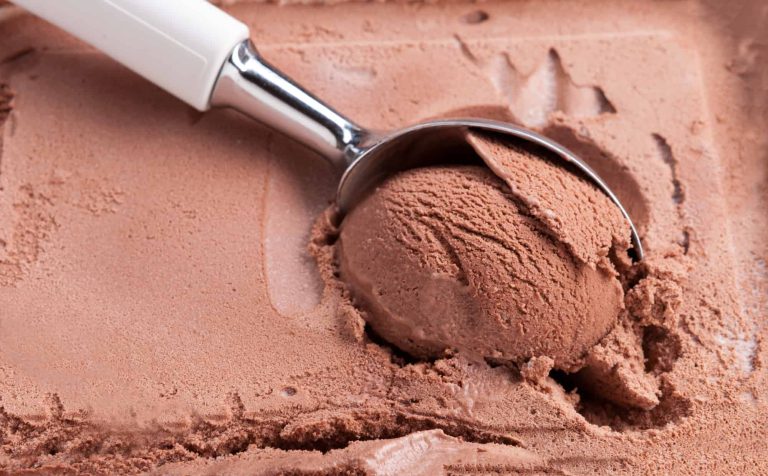

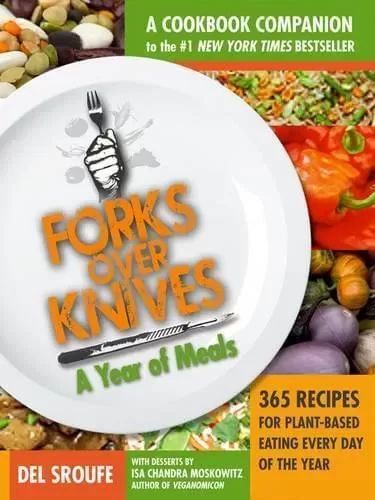

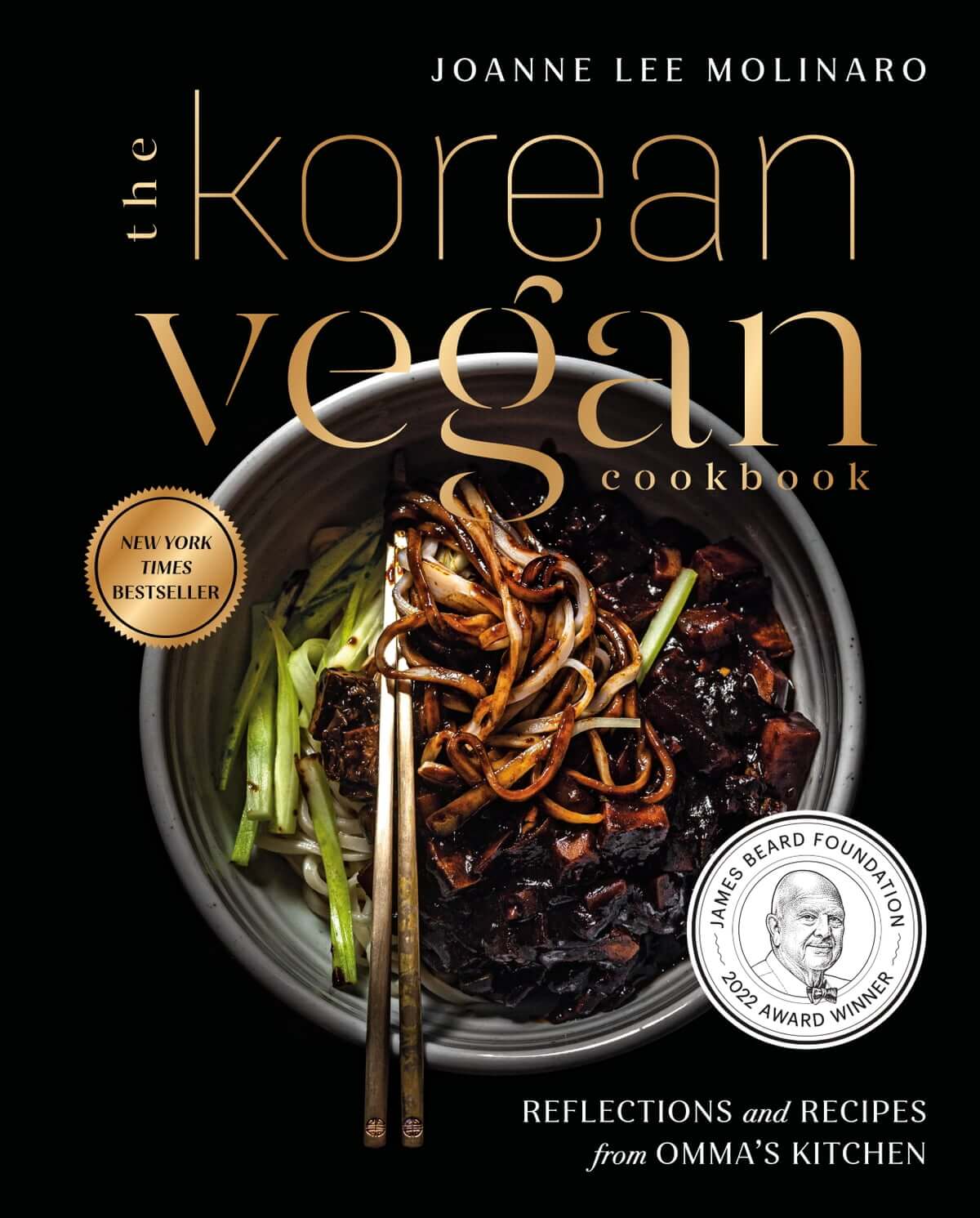
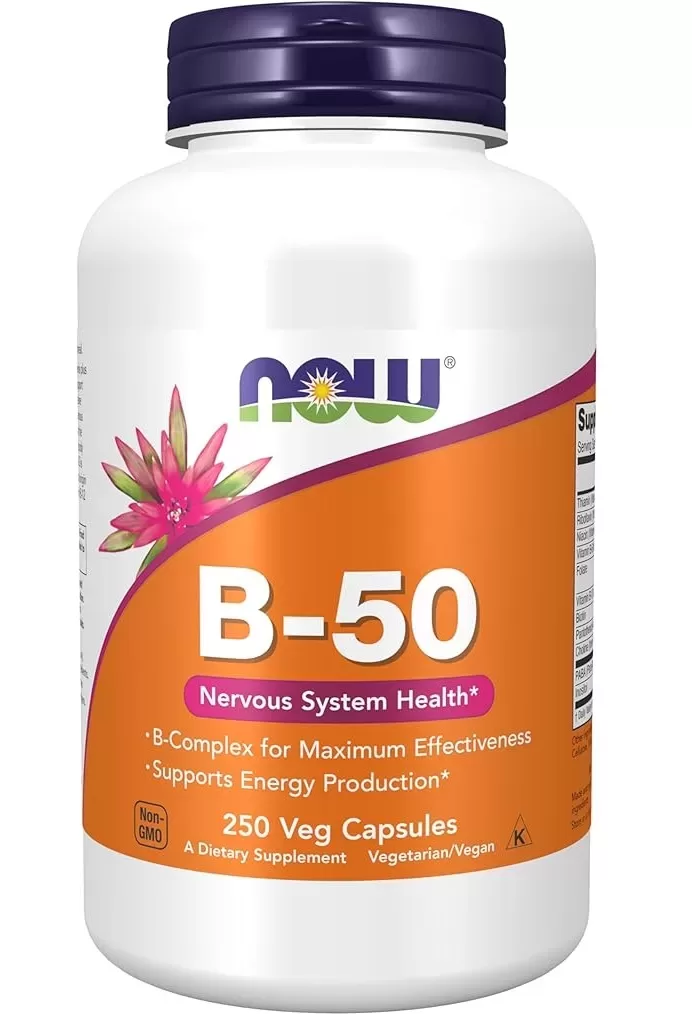
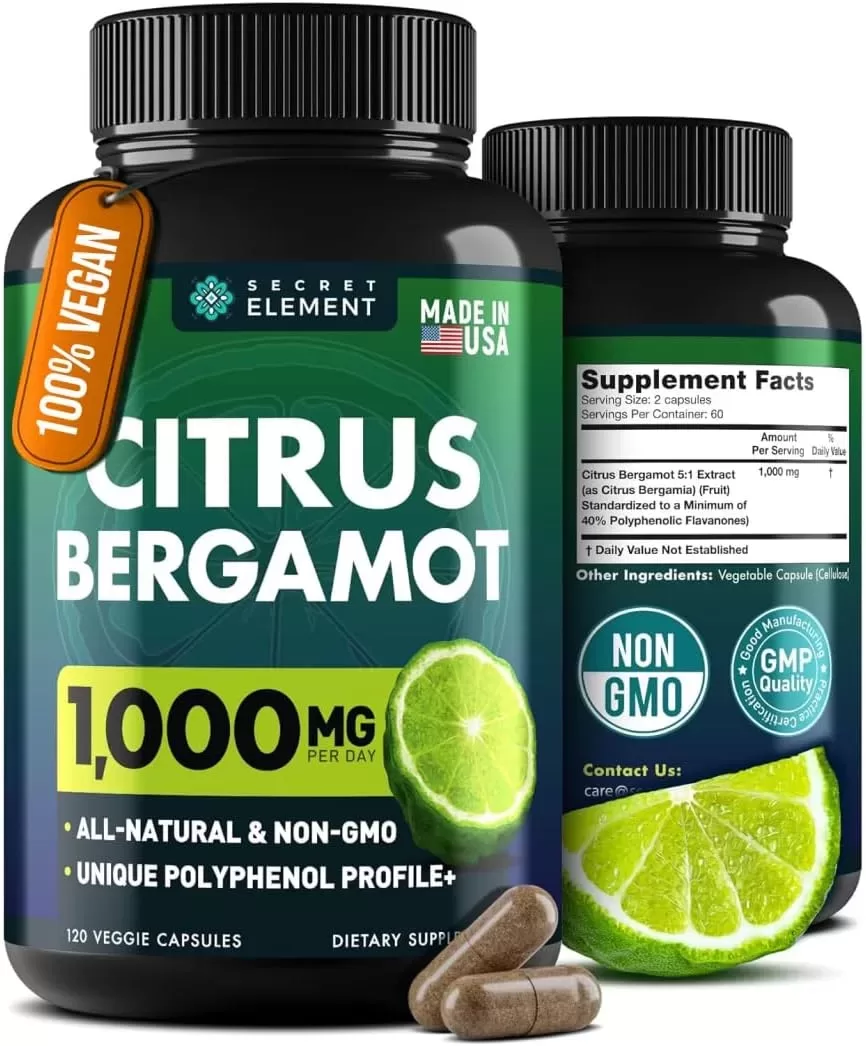
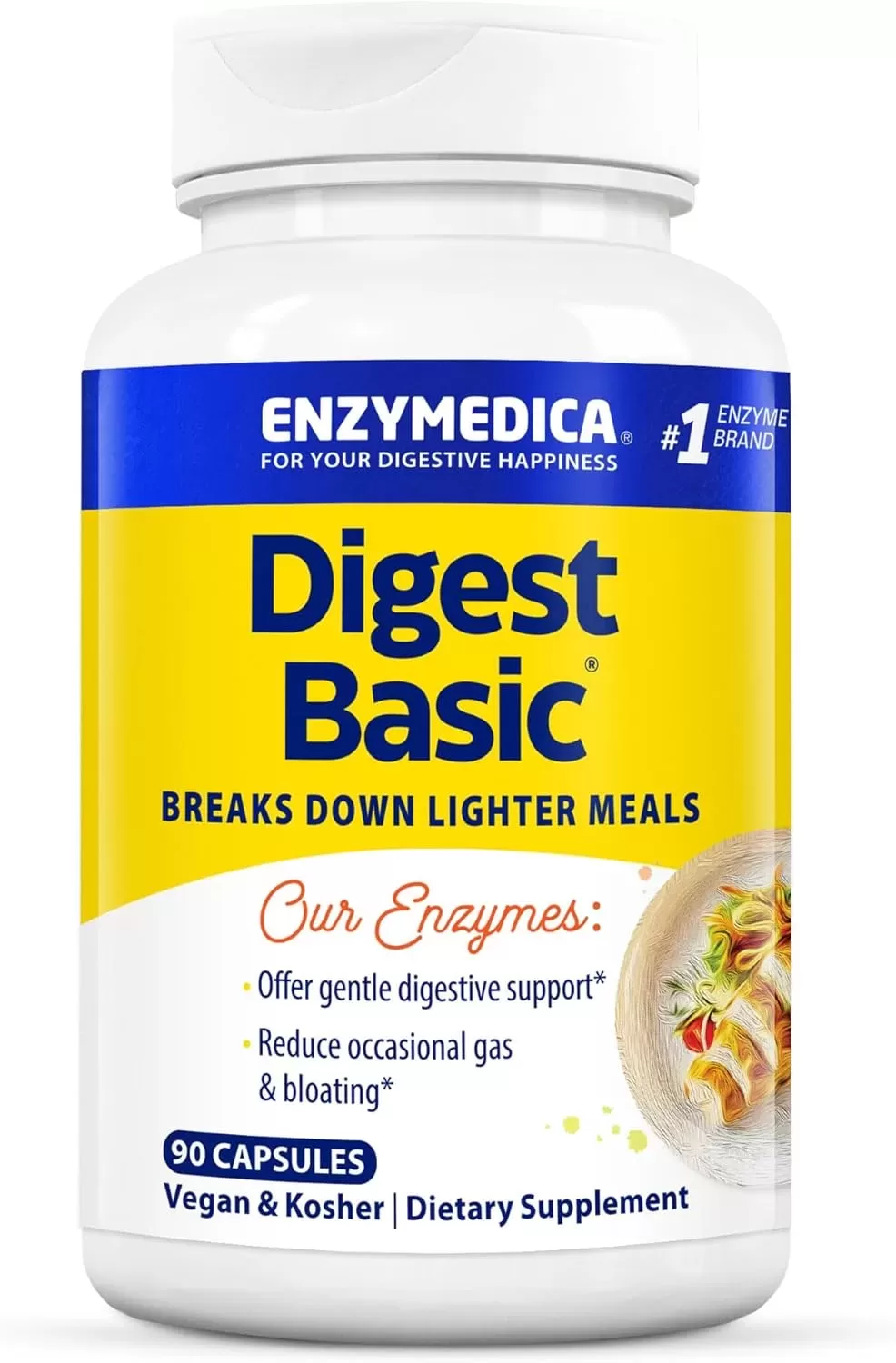
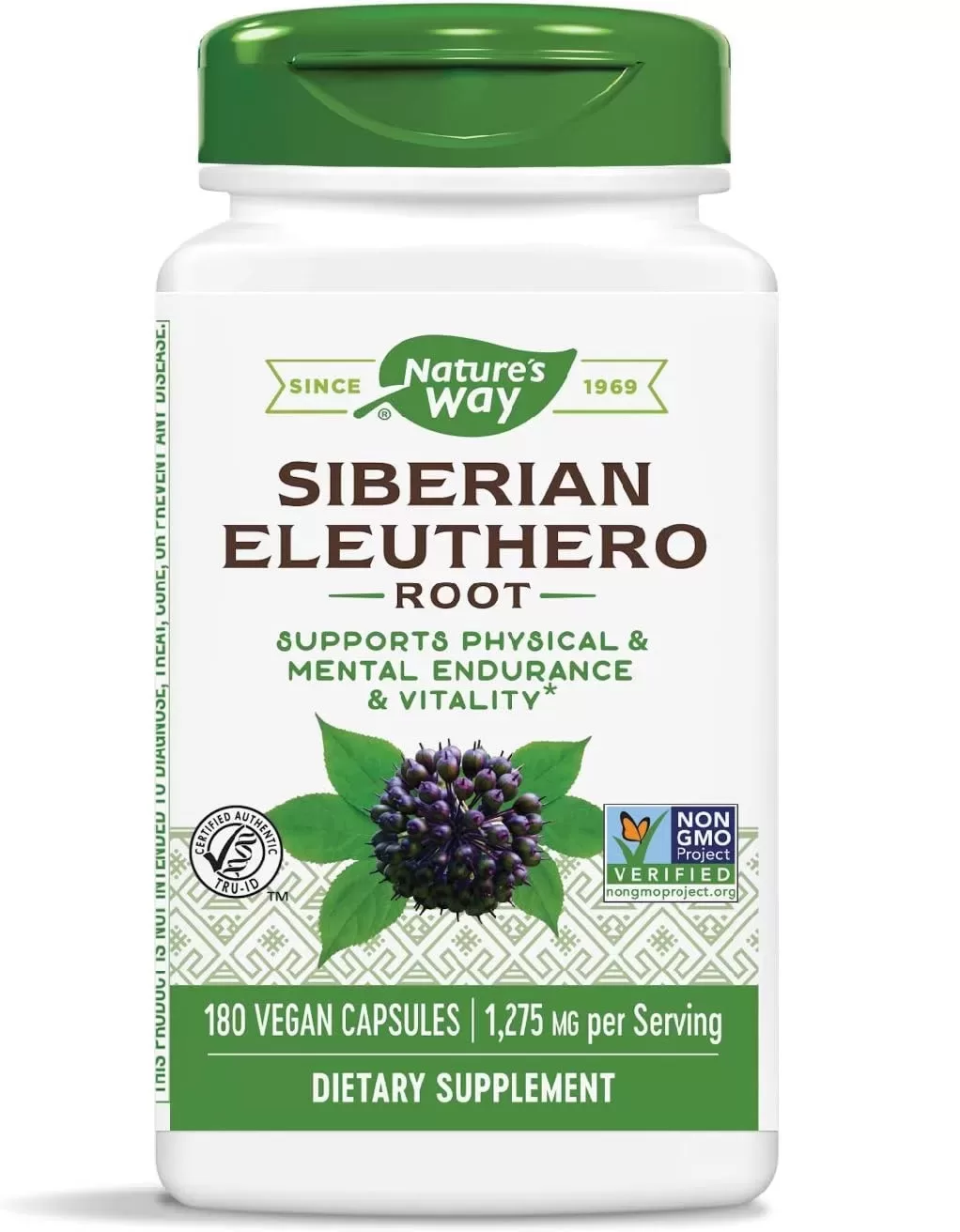
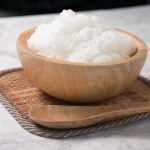
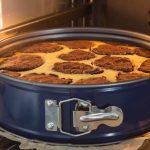
Comments are closed.